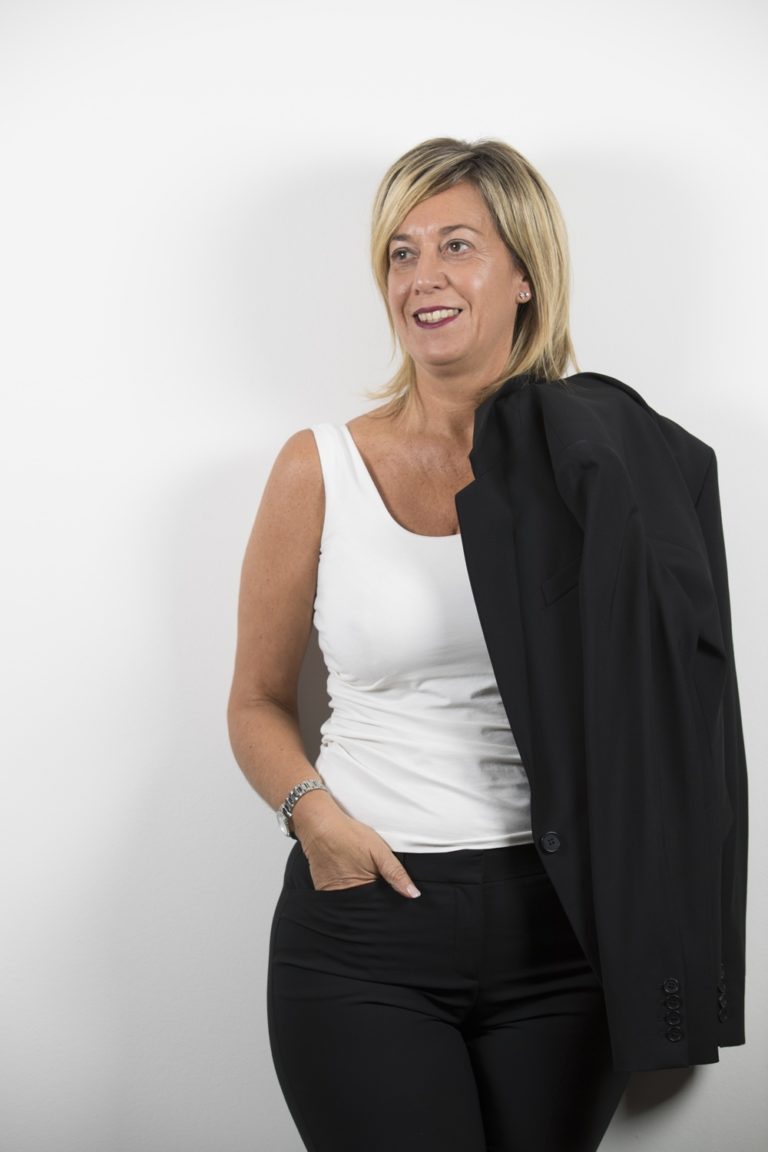Who knows why we immediately think of far-off places when speaking of footwear exports: to the East towards Russia, South Korea, and China; and to the West, towards the United States. Yet, the most profitable markets for Made in Italy are those closest to us: France, Switzerland, and Germany. Moreover, although seven out of ten pairs are destined for the European market, it is not enough to bring it back to a central place of importance in our priorities. It confirms the old saying ‘No Man is a Profit in his Own Land’, and the mistaken conviction that in a large and mature market “our land” is not the place for important business opportunities.
However, as stated above, it is a mistaken conviction.For example, notwithstanding the central-northern axis of the continent represents a mature market, with its financial stability, the high standards of living and purchasing power of its inhabitants, as well as the great appeal of the ‘Italian way of life’ and Made in Italy products, there is still ample room for Italian footwear to grow in these markets.So, why not take full advantage of this potential by approaching these consolidated markets in an innovative way? Expo Riva Schuh was the first to do so by choosing Scandinavia as the first European stopover of its promotional World Tour.
“It was not a casual choice; – explains Carla Costa, Manager of the Riva del Garda Fierecongressi Fairs Unit – from the study done by the Expo Riva Schuh Centre of Research and Studies, it emerged that Northern Europe represents a strategic market for exhibitors of the event. In fact, more than 20% of our exhibitors consider the Northern European market a strategic market for business, where by north, we mean Austria, Belgium, Denmark, Finland, Germany, Ireland, Luxemburg, Norway, Netherlands, the United Kingdom, Sweden, and Switzerland. An extensive area, which represents around 30% of all visitors to the Riva event. Moreover, for the volume footwear market, Northern Europe is simply fundamental”.
Thus, this past 12 October, in the Stockholm Fashion District, Expo Riva Schuh organised a meeting with buyers coming from Scandinavian countries (Sweden, Norway, Finland, and Denmark) and Baltic countries (Latonia and Estonia). “60% of them were B-to-B buyers, while 40% were B-to-C, – explains Carla Costa – specialised in footwear, even if in 40% of the cases they were also specialised in accessories; 70% dealt in both men’s and women’s, while 35% followed only women’s, with a price range falling between 31 to 60 euros”.
Some of these buyers will also be part of a delegation of visitors to the 89th edition of the Riva event in January 2018, thanks to the invitations extended to them by Riva del Garda Fierecongressi with the support of the ICE Agency. 

Following the example of Expo Riva Schuh, we decided to put the Scandinavian market under the spotlight to understand exactly where the opportunities for Italian footwear can potentially arrive.
The latest study done on the area by the Assocalzaturifici Research Department for all of 2016 speaks of 2.8 million pairs of shoes exported for a value of 111.35 million euros, which is respectively up +1.8% and +4.9% over the previous year. Even if there is a tendency towards an uptrend, the quantities have fallen to the historical minimum registered during the worst part of the 2009 economic crisis, while the values are gradually increasing, supported by the rise in the average price that has gone up from the 2009 minimum of 28.94 euros to today’s 39.77 euros. The first six months of 2017 seem to have confirmed this trend, with a further -1.1% drop in quantity for a total of 1.44 million pairs exported, and a +1.5% increase in value, equal to 55.57 million euros.
Although the figures are not the highest, if we also take into consideration Denmark, Iceland, the Faroe Islands, and Greenland, the quantities are almost doubled (to 4.7 million pairs) with a consistent rise in value (165.56 million euros) in 2016, to which 2.3 million pairs must be added in the first semester of 2017 (-5.6% compared to the first six months of 2016), along with a value of 81.72 million euros (-0.8%). 
Sweden is the leading market for Made in Italy (during the first six months of 2017, 786,742 pairs were sold for a total of 31.96 million euros, respectively -3.5% and +0.6%), followed by Norway (393,036 pairs for 16.06 million euros, +10% and +8.2% in the same period), and Finland (260,273 pairs equal to 7.55 million euros, -8.7% and -7.1%). Generally speaking, Made in Italy in these markets continues to register a downtrend in volumes, while there is a general increase in price. Two studies carried out by ICE Oslo and ICE Stockholm offer some suggestions as to how these markets can be best approached with success. First, there should be a special emphasis on the values typical of Made in Italy, like quality and design, which are especially appreciated by the sophisticated and demanding clientele belonging to the Scandinavian market. However, this is just the first step. A recognisable brand is also needed to conquer the loyalty of the consumer, and so, informational and marketing campaigns must be used to identify the product and connect it to a precise lifestyle. Social and environmental sustainability is another fundamental theme: not a trend, but a must. Another aspect to consider is that of climate: Scandinavia has only one month of summer, and so winter footwear – including especially boots- is the most suitable kind of footwear for these markets. Nevertheless, another segment is also making headway (here, just like in the rest of the world), that of sneakers.
Finally, prices must be competitive, a surprising demand, when considering the high standards of living and buying power of Scandinavian consumers, who nevertheless are always very attentive to pricing and the quality/price ratio. 
As far as distribution is concerned, also in Scandinavia in recent years, we have witnessed a great merging of sales channels. Less than half of footwear sales happens in specialised stores, around a fourth takes place in sporting goods stores (above all sneakers, a segment quickly on the rise), with less than 5% accounted for by department stores, while e-commerce channels are quickly growing. The market is dominated by the large-scale retail channel in the mid-to-low price range, with chains like the Norwegian Varner-Gruppen and Euro Gruppen, or the Swedish Nilson Group or Danish Bianco. Groups that reinforce their traditional stores with important e-commerce platforms.
Importers, wholesalers, and not just individual agents, but also groups of agents, deal in the mid-to-high end product range. Brands and private labels end up in department stores and in the stores of shopping centres; while the high-end range find its niche in specialised boutiques and in the corner stores of big department stores.
“We recommend that Italian exporters have a multi-channel approach when entering the Scandinavian market, by contacting agents, importers, wholesalers, and purchasing groups. – is the advice of the ICE study – Usually mid-to-high end footwear is sold through agents, while the mid-to-low range is handled by importers/wholesalers, even if there is an increasingly tendency for leading retailers, including distribution chains and big department stores, to import directly”, as well as large-scale e-tailers, we must add.
If the worst threat to Made in Italy is instead represented by the ascent of local brands (like Ten Poits, Hasbeens etc…), the best resource would be the reputation of Made in Italy, the allure of the Italian lifestyle, competitive pricing, and sustainability. 




